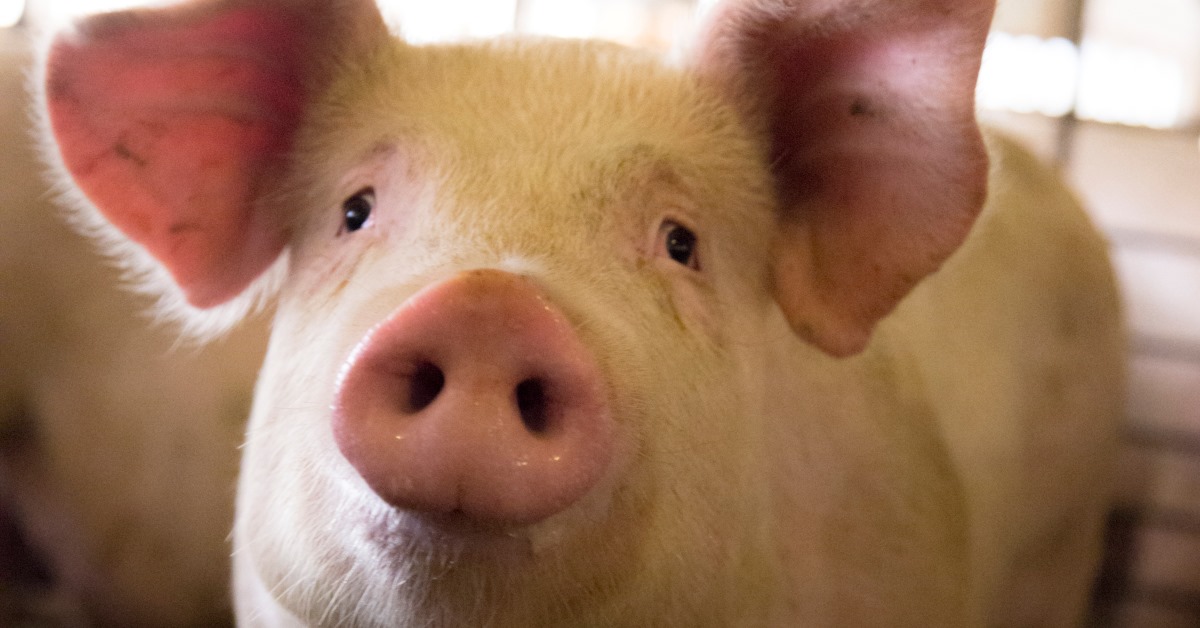
An open and curious mind is an asset worth having, even if it sometimes leads to taking more (calculated) risks. This isn’t easy for nutritionists and feed specialists, because we don’t want to risk poor performance for our customers. As a result, we instinctually retreat to the old ways or toward conventional wisdom. However, oftentimes, the first step toward progress is unlearning what we thought we already knew. Through Hubbard Feeds’ extensive swine research program, and by working in close association with our customers, we are beginning to get a better understanding of the next steps in producing stronger, healthier, more efficient pigs.
Over the past four years, the Hubbard research program has been challenging some of the commonly accepted practices for feeding young pigs. In this article, I would like to highlight four specific concepts that, when examined closely, may no longer merit the dogmatic status they once held.
Concept #1: Heath is not influenced by feed.
Yes, health is hard to measure and yields inconsistent results, but that does not mean that feed has no real effects on animal health. We have conducted many trials in which different feed treatments were measured based on their effects on animal health. Developing an understanding of exactly how feeds affect health — including via varying degrees of illness and multitudes of pathogens — is difficult, to say the least. However, disregarding feed completely as a potential health influencer would be a mistake.
Concept #2: Sick pigs need more complex and nutrient-dense feed.
Could prodding sick pigs into unreasonable growth rates by providing them with nutrient-dense feed actually increase fallout and losses from death? Recent nursery trials at the Hubbard research test farms studying unhealthy flows of pigs have illustrated that maximal growth in the first three weeks after weaning may not be a goal worth achieving. Instead, a feed program designed to decrease mortality — even if that means slower gains — may be a better approach.
Concept #3: Early nursery feed should be delivered in multiple phases.
Through controlled research and on-farm closeouts, Powerstart® Solo has consistently and repeatedly proven that utilizing one feed formula from 13 to 25 pounds of body weight can provide similar or even better results — and with easier implementation — than the two or three phases that nursery programs usually use to feed in a similar weight range.
Concept #4: We know the feed requirements for nursery pigs.
The Hubbard swine technical team was recently enlightened when conducting a trial series studying low-energy, high-fiber byproducts in early nursery diets. Our energy and protein equations simply could not predict the results that we eventually observed. Repeated trials were conducted to confirm that there is new information about feeding pigs — namely, that weaned pigs can grow well on higher-fiber, lower-energy and lower-cost diets. Our research program is focused on the continuous growth of our understanding of ingredient and nutrient opportunities to improve the performance, health and profitability of your pigs.
The progress that unfurls from the application of new ideas is almost never a clear path or a straight line. The volume and sophistication of Hubbard Feeds’ swine research — combined with both the willingness of our team and our customers to take calculated risks — allows us to test the impacts of new technologies and concepts. The results of this research are feeding programs that may look different but that still deliver pig performance with a focus on health and helping our customers decrease their risks while improving their profits.
- Log in to post comments
